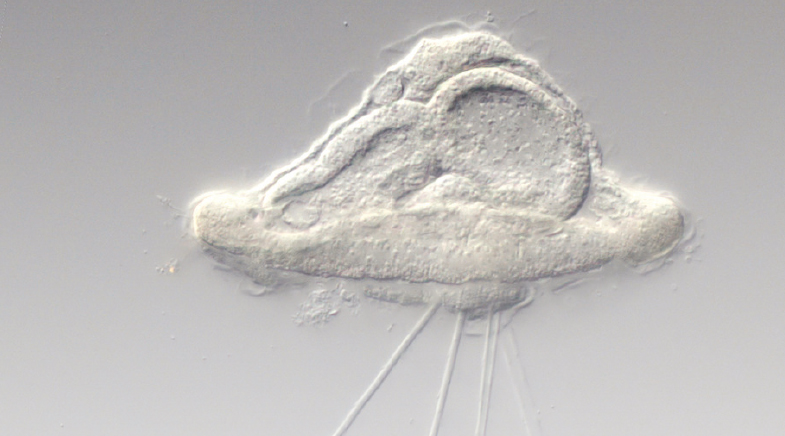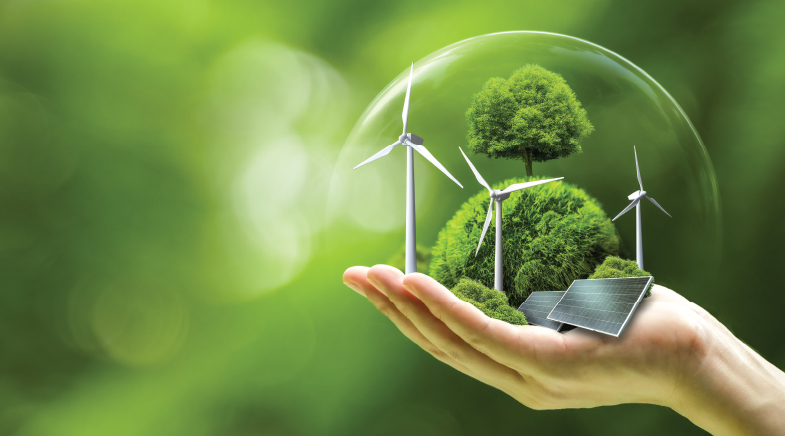About time: the origin of species
-
- from Shaastra :: vol 02 issue 02 :: Mar - Apr 2023

Why do animals have different types of life cycles? A study explains.
Quite like the chicken-and-the-egg riddle, a biological mystery has confounded scientists. What came first: the larva or the adult?
The jury is still out on that, but researchers at the Queen Mary University of London (QMUL) have found the basic principle determining the origin of different life cycles. They have thrown light on a mechanism that may explain how embryos either become minuscule versions of an adult or form a larva.
In their study of marine annelid worms, published in Nature in January 2023, they conclude that the difference in the time of activation of certain genes may account for the two animal life cycles.
In an earlier study, they saw commonalities in the development of trunks – the body region between the head and the tail – in annelids and vertebrates. So, they believe that the mechanism that they identified could possibly also be extended to animals beyond annelids, that is, controlling the time of activation of certain genes is significant in determining different animal morphologies. The timing of activation of the genes that help form the trunk holds the key.
"You need to change the time when the different structures – head or trunk – are formed, for a different animal life cycle... It fits better with what we know of animal evolution, genome evolution, how the genome is controlled and regulated," says Dr José María Martín-Durán, Senior Lecturer, Organismal Biology, QMUL.
The timing of activation of genes that help in the development of different parts of the body is related to the presence or absence of a larval stage. It also correlates with how the larva feeds: from its surroundings, or nourishment in the egg.
The researchers believe this mechanism can be extended to other groups of animals beyond annelids: marine vertebrates such as the zebrafish and insects like the fruit fly.
The work will benefit those who are studying mammal development and probing how biological systems sense time —that is, how they know when genes are to be activated.
PAST ISSUES - Free to Read


Have a
story idea?
Tell us.
Do you have a recent research paper or an idea for a science/technology-themed article that you'd like to tell us about?
GET IN TOUCH














